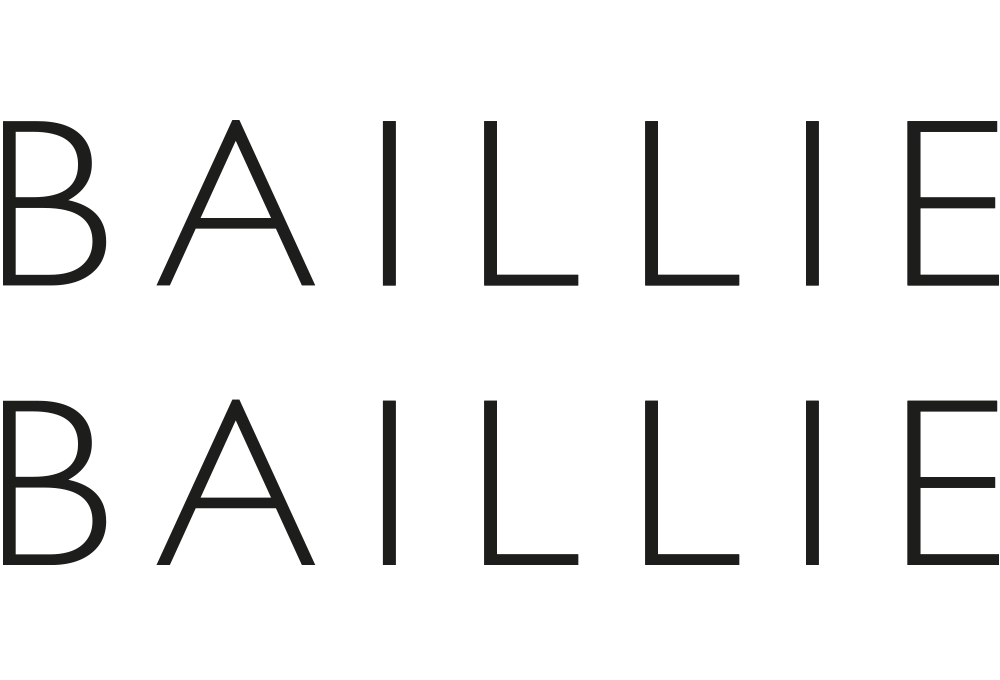Good Ancestors
Image, Alex Baxter.
Words, Colin Baillie.
Good Ancestors
I read Robert Macfarlane’s ‘Underland’ not long after it was published in 2019. I’d read Kathleen Jamie’s ‘Surfacing’ a short time before that, and I found both engaging and beautiful, but also worrying. Among other narratives, Jamie tells of ancient artefacts emerging from thawing pack ice in Alaska, giving insights into past cultures, while Macfarlane explores what deep drill ice cores are telling scientists about the story of our world’s former climatic states. Ancestors are a common theme, and Macfarlane returns often to the question “are we being good ancestors?”. He concludes mostly, no.
After becoming a father in 2021, I seemed to feel this question weighing heavier. A deep conscientiousness about sustainability existed long before, but fatherhood (as well as very tangible evidence of worsening climate crisis) brought with it a clarity around legacy leaving, and the implications of our actions and choices on our children, and their children.
Being fascinated with history, one of the most interesting things to me about making buildings, is that they become historic artefacts. Good buildings should outlast us. I’m not thrilled about future generations unearthing lumps of polyurethane, chemical-soaked timber and vast sheets of plastic. What would this unwelcome archaeological haul tell our ancestors about our society?
We’d like to make buildings, firstly that last long into the future, but also that don’t leave a harmful legacy when they do reach the end of their lifecycle. For our wee girl, and everyone else’s, we’re committed to doing what we can to not leave a nasty mess behind us. This means working with natural, recycled, or recyclable materials wherever possible.
We’re evolving our process to make this a starting point for our design work. By which I mean, we don’t start with an aesthetic and try to work out how to make it sustainable. We start with what’s sustainable and use our creativity to make it beautiful.

